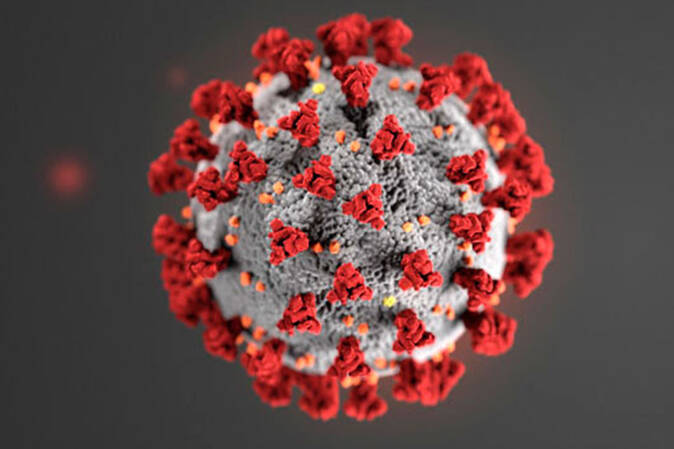Nearly 2,000 more people died in Alaska than was expected in 2020 and 2021, according to a new report by the Alaska Department of Health and Social Services. COVID-19 played a direct role in a large proportion of those. While the other unexpected deaths may not be directly related to individuals being infected with COVID, the secondary effects of COVID-19 and the pandemic — like a strained medical system or a decrease in preventive care measures — may be factors.
The 2020-2021 Excess Death Report says “the pandemic significantly impacted Alaska’s mortality rates, which disparately affected populations by sex, race, region, and age.”
“Excess,” or unexpected, deaths is the difference between how many deaths actually occurred and how many deaths were expected to occur based on model predictions.
In total, 1,933 more people died than was predicted in 2020 and 2021. Of those, 1,097 were reported as COVID-19-related deaths. Unexpected deaths spiked in October 2021 when the spread of the highly infectious SARS-COV-2 delta variant was common. In that month, 741 Alaska residents died, 324 more than expected.
Although more elderly Alaskans have a higher risk of dying from COVID-19, the pandemic increased premature deaths among non-elderly adults as well. Rosa Avila, deputy chief of health analytics and vital records with the Alaska Department of Health and Social Services, said that was striking to her. She co-authored the report.
“Since elderly were high-risk for severe outcomes from COVID-19, a lot of people expected we would have excess deaths in those age groups, but we didn’t just see it there. We saw excess deaths between those that were 35 years of age to 64 years of age, so the non-elderly group, and they are quite significant,” Avila said.
Avila was also surprised by the regional nuances.
“In terms of Anchorage being a more dense population, I was at first expecting that excess deaths would be higher in Anchorage, but they were actually, in terms of the rate, higher in the Mat-Su area followed by Gulf Coast. And so those were statistically significant,” she said. The public health Gulf Coast region includes the Kenai Peninsula Borough, the Kodiak Island Borough and the Valdez-Cordova Census Area.
Avila said the impact of COVID-19 is larger than what many may believe.
“Even though you might not consider yourself that at-risk, there are demographics in here that show that people in age groups that we didn’t really consider very high risk are still having excess deaths. And it might not just be specifically because of COVID. It could be also from the strained health care system. So, the impact, I think, is larger than what might have been presented in some people’s minds,” she said.
“We’ve been tracking the number of COVID deaths all along but we forget about how much of a mortality impact there is on people who don’t think that they’re high-risk just because of the indirect impacts from a pandemic in general, and I think that’s what this report helps highlight.”
So far in 2022, 170 Alaska residents have been reported to have died from COVID-19.
Read the Alaska Department of Health and Social Services 2020-2021 Excess Death Report here.
Lisa Phu covers justice, education, and culture for the Alaska Beacon. Previously, she spent eight years as an award-winning journalist, reporting for the Juneau Empire, KTOO Public Media, KSTK, and Wrangell Sentinel. This article originally appeared online at alaskabeacon.com. Alaska Beacon, an affiliate of States Newsroom, is an independent, nonpartisan news organization focused on connecting Alaskans to their state government.


